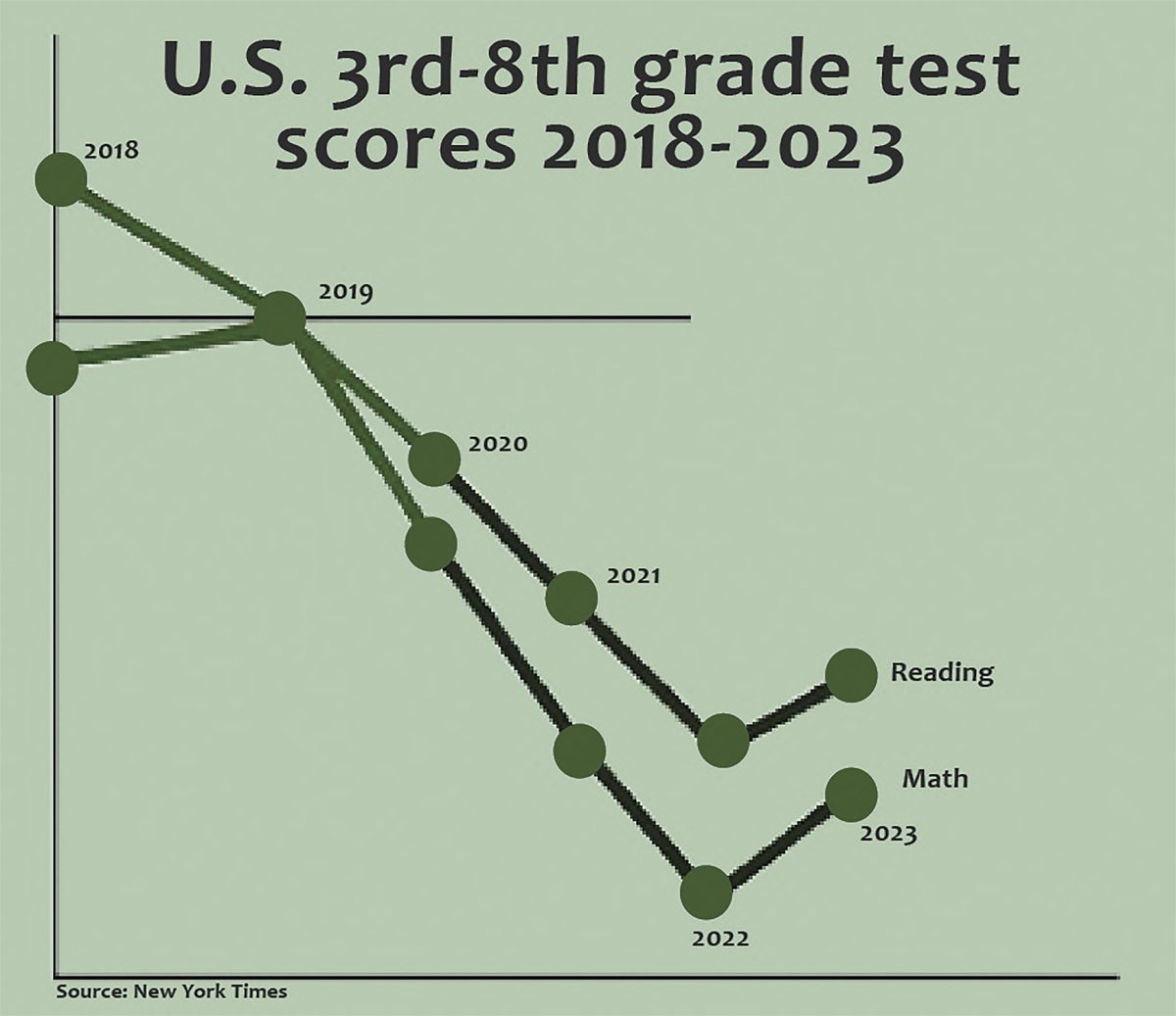Ohioans will vote on a new Issue 1 Nov. 7: a proposed state constitutional amendment that could write Ohio reproductive rights in stone. This and Issue 2, which would legalize commercial marijuana, makes for one of the most important Election Days in recent memory, even though there are no Presidential or Senate races this year.
The result of Issue 1 will end half a century of debate over abortion rights. In the 1973 Supreme Court case Roe v. Wade, the court ruled that a woman had a right to an abortion in at least the first trimester of pregnancy. A 1992 case moved that mark to before “fetal viability” – typically 22 to 24 weeks after conception, when a physician determines fetal life could exist outside the womb. However, after decades of lobbying by anti-abortion advocates, the Supreme Court overturned both cases last June and left decisions on abortion law to the states.
Issue 1 will be Ohio’s decision. An August 2023 article in The Columbus Dispatch reported the proposed amendment would prevent the state from banning access to many reproductive decisions, including abortion, contraception and miscarriage care. However, the state could ban abortion after fetal viability, except if the pregnant patient’s health is endangered. This means the proposed amendment would essentially revert Ohio law to federal law before the Supreme Court decision last June.
Republicans have tried every trick in the book against Issue 1. The Cincinnati Enquirer reported Republicans initially tried to block the amendment through the courts. When Ohio’s Supreme Court ruled against them, NBC News reported the Republican-controlled Ohio Ballot Board rewrote the amendment to lead voters towards voting against it, such as changing “fetus” to “unborn child.”
After pro-choice victories in traditionally red states, Republicans rushed an August special election to move the goalposts. Their Issue 1 would have raised the required vote to pass a constitutional amendment to 60% over a simple majority, but Ohio voters decisively struck it down. Passing November’s Issue 1 isn’t just a win for the pro-choice movement; it’s a massive statement that direct democracy is a viable way to go around an unpopular legislature.
Reproductive rights aren’t alone on the November ballot. Ohio Issue 2 would change state law (not the state constitution) to legalize, regulate and tax marijuana for adults 21 years and older, according to Ballotpedia. These ballot measures are the first and probably last opportunity for Ohioans to directly decide state law over these hot-button topics, making this “off year” just as important as any other election year.
Ohio’s voter registration deadline of Oct. 10 has already passed, but many registered voters only vote in presidential elections, let alone midterm and off-year elections. Now is a great time to educate others about what’s at stake this year and encourage them to vote. Both sides of the abortion and marijuana debates have invested decades and millions of dollars on protesting, lawsuits, lobbying, politicians and more – for both issues to be decided by low voter turnout in an off year would be a disappointing reflection of democracy in Ohio.














